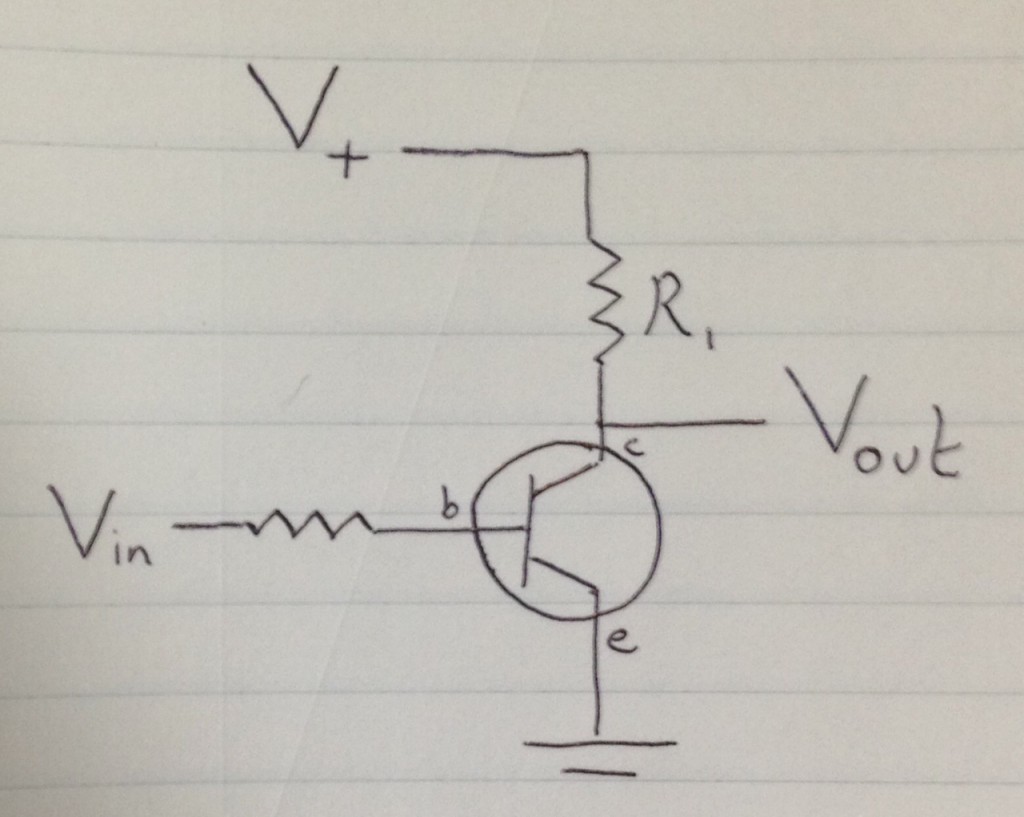If you realize that the current through a simple pn junction is a function of the applied voltage across the junction (exponential law) it is just a tiny logical step to accept that - of course - the same rule applies to the pn junction of a BJT. That´s what we have learned from W. Shockley and his famous equation. (In this respect you have to correct the corresponding parts of your text).
That means: If you really want to understand how and why the BJT functions, you must rely on the transconductance concept (voltage-controlled current source, transconductance gm). This was mentioned already in S. Pefhanys answer and the small-signal model he has given. But it is not only a "model" but it does reflect, indeed, the physical truth. There are several circuits as well as some observable effects which cannot be explained using the current-control concept.
Please, dont ask me why some textbooks speak about a current amplifier; I really have no explanation. Perhaps, because the equation Ic=B*Ib looks so nice and simple? Of course, during design of BJT circuits we have to use this relation because a currrent Ib does exist without any doubt. But this eqation does not tell anything about cause and effect. In fact, the current Ic (and as a small percentage of Ic) the current Ib both are caused and controlled by the voltage Vbe.
Back to one of your questions: Look onto the current-voltage characteristics of a pn diode. Of course, on each point of this curce you can define a ratio V/I (static resistance Rs for DC values) as well as a ratio v/i (differential resistance rd for small signal deviations). The same applies, of course, for the pn junction (base-emitter) of the transistor. As an important design parameter the small-signal resistance of the B-E junction is r,be=v,be/ib.
Because this is a differential quantity it can be expressed by the slope of the input characteristics. Differentiating the exponential function gives r,be=Vt/Ib=beta*Vt/Ic (Vt: Temperature voltage, Ib and Ic: DC currents). This value is - as you can see - dependent on the selected operational point; it is given for some typical values in the data sheet - typica values are in the lower kohm range. (The corresponding h-parameter is h11=hie).
Comment: The question "BJT current- or voltage controlled ?" was extensively discussed earlier - also in this forum (in 2013 if I am not wrong).





